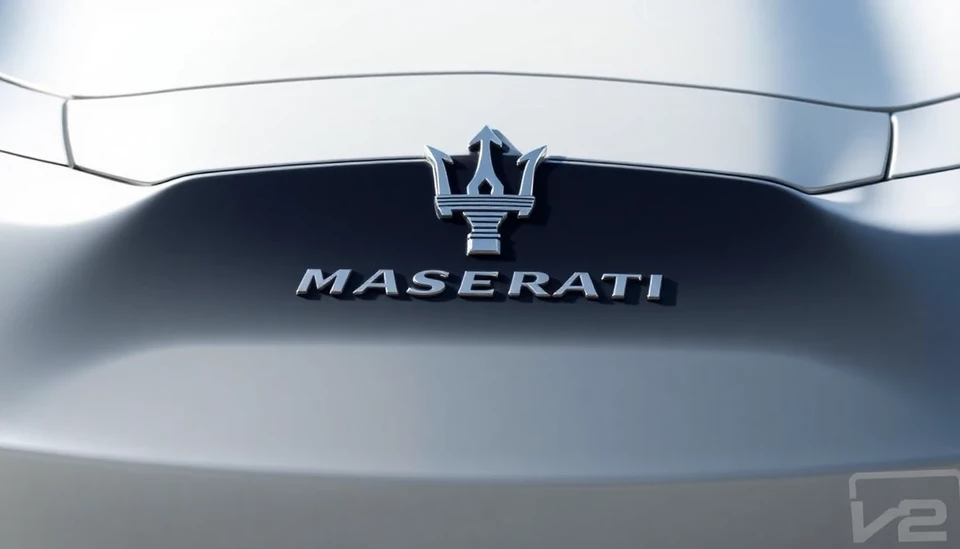
In a stark reflection of the ongoing challenges faced by the automotive industry, Stellantis has reported a significant drop in vehicle production in Italy. The total output has plunged to its lowest level in over six decades, signaling a troubling trend that raises serious concerns about the future of manufacturing in the region.
According to recent data, Stellantis, which came into existence from the merger of Fiat Chrysler Automobiles and PSA Group, produced merely 357,000 vehicles in Italy last year. This figure marks a substantial decrease compared to previous years, with production levels not seen since 1956. The decline can be attributed to a combination of factors, including the ongoing global semiconductor shortage, rising production costs, and a shift in consumer preferences toward electric vehicles.
The company’s plant in Mirafiori, Turin, once a bustling center of automotive manufacturing, is now emblematic of this downward trend. It has reduced its workforce and streamlined operations in response to the reduced output. Stellantis has emphasized its commitment to restoring production levels, but the journey ahead appears fraught with challenges as it navigates both operational constraints and market demands for sustainability and innovation.
Industry experts suggest that the decline in Italian vehicle production may also be indicative of broader shifts within the European automotive sector. As manufacturers pivot towards electrification, traditional production lines are being reevaluated, and the pace of adaptation has become crucial. Analysts believe that Stellantis must find a strategy that not only addresses current supply chain disruptions but also aligns with future market needs in electric mobility.
To further exacerbate the situation, economic uncertainties tied to inflation and the energy crisis have made it increasingly challenging for automotive firms to maintain profitability. As Stellantis and other manufacturers grapple with these issues, the trajectory of vehicle production in Italy remains uncertain, prompting questions about the long-term viability of traditional manufacturing hubs in the face of rapid technological evolution.
The stark reality of Stellantis's production numbers has reignited discussions about the future of the automotive industry in Italy, emphasizing the need for strategic investments in technology and workforce development. Stakeholders across the sector will be closely monitoring how these developments unfold, as they could have lasting implications for the Italian economy and beyond.
As Stellantis endeavors to rebound from these lows, their ability to integrate innovative practices while managing costs will determine their competitive edge in both the domestic and European markets. The path ahead is critical, not just for Stellantis, but for the broader automotive landscape in Italy, which is undergoing a significant transformation in response to global trends.
#Stellantis #AutomotiveIndustry #ItalianManufacturing #ElectricVehicles #VehicleProduction #SupplyChainChallenges
Author: John Harris




